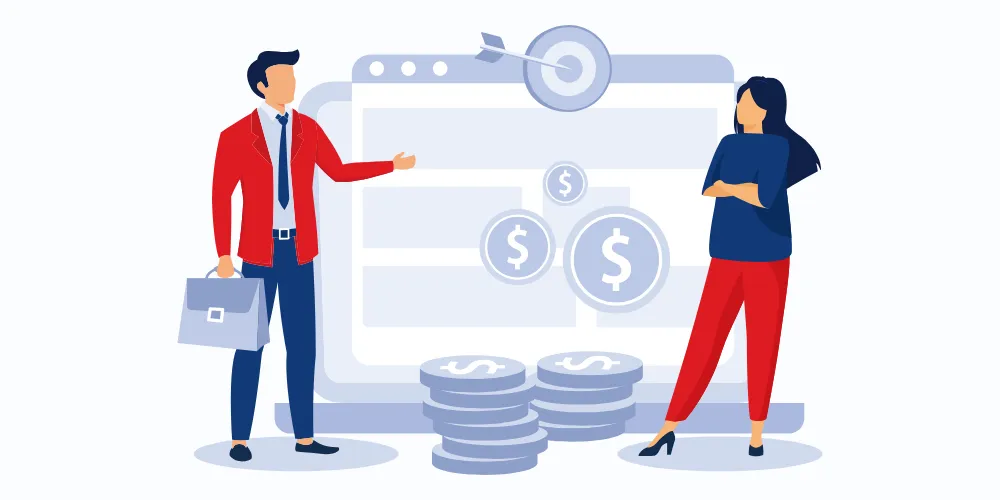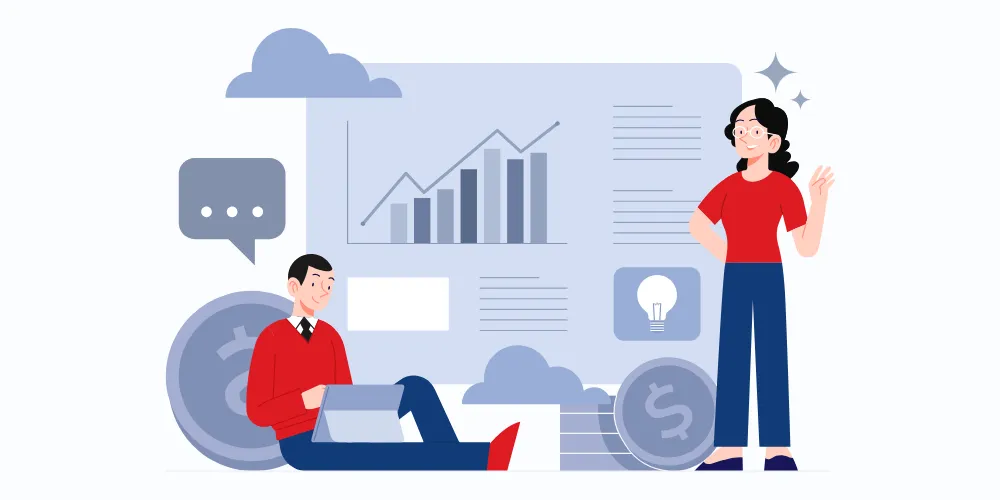5 Practices for Creating a Successful Incentive Plan
- Sujeet Pillai
- Oct 13, 2022
- 4 min read
A group of ants collaborates; workers and minions carry out the grunt work necessary to keep things running smoothly. They accomplish everything like gathering food or building an ant hill for their living. Ants do not need a leader because they are aware of their tasks and responsibilities.
Their motivation? - Survival.
On the other hand, a sales team requires a team leader to keep them pushing. However, motivating sales representatives is a difficult task. You must have an incentive plan in place to incentivize sales representatives in order to keep a steady revenue flow in the business.
Numbers back this up: Organizations that use a sales incentive plan claim a 79% success rate in meeting their goals by delivering the appropriate reward.
If the teams sense that they are appreciated in addition to the job they accomplish. In that case, they are more likely to channel that same energy and commitment of time into creating client connections, which may encourage organizational growth.
A proper incentive strategy is all that is required to achieve a decent result from the salesforce.
According to the Incentive Research Foundation, 90% of the top-performing organizations use some type of sales incentive plan. According to reports, a well-structured incentive plan may boost employee performance.
As it is said, Investment in employees is an investment in the organization.
Incentive motivates them to accelerate and grow alongside the organization. When management recognizes their reps' efforts, it provides them with a sense of security and support from the organization.
Therefore, to boost your sales reps, you must implement an incentive plan. Here are some types of incentives to consider while planning a successful incentive plan.
1. Role-specific Incentives
Reminding your sales reps about how well they perform, boosts their confidence and increases their desire to work. But it’s important that every sales rep from different roles gets incentives based on their roles. A role-specific incentive, on the other hand, will recognize their worth and significance to the company.
For example, an organization may have employees with varied roles, such as a product manager who oversees the product and a sales manager who supervises the sales strategies and manages the sales team. Sales representatives, on the other hand, sell the product. Employees’ targets change based on their roles and responsibilities, and incentives are compensated fairly.
2. Provide Personal SPIFF
SPIFF is a bonus given to a sales representative immediately after meeting a specific goal. It is also known as a Sales Performance Management Incentive. Providing SPIFF can increase a sales rep’s trust in its organization. SPIFFs are a kind of incentive that is always offered on the spot. It is a spontaneous as well as a short-term incentive. 92% of employees say that they’re more likely to repeat an action when they’re recognized for it. SPIFF is an incentive fund which is presented to a sales rep for achieving anything specific. However, before implementing SPIFF, make sure you have a budget and a plan in place. SPIFF providers must have a proper incentive system that is clarified among all sales representatives.
3. Split Incentive
Companies provide incentives based on the performance of their sales representatives. The more goals you meet, the more incentive you will receive. However, there is also a specific incentive structure. A sales representative must sell a product or service, but what if the product or service is too complex to sell? Well, he/she would undoubtedly require assistance, which is where the concept of split incentive comes into play, in which a sales rep hires a sales specialist to sell the product/service. They then sell the product/service as a group and have their incentives divided according to the incentive plan.
A product company, for example, introduces a new product. Continue to add features to it, which makes it more difficult for the sales rep to sell. As a result, a sales specialist collaborated with the sales rep to sell the product. Their incentive is also split in this manner.
4. Pre-sales Incentives
The world has evolved to the point where people only buy products/services after comparing them to other options. There are many fruits on the market, and in order to determine which one is the best, we must compare and research.
To compete in the market, the sales team requires a sales incentive plan that doubles their energy and meets their needs. Did you know? 56% of employees think their employer should understand them as well as they’re expected to understand customers, and only 39% felt their workplaces were fulfilling this expectation.
However, pre-sales incentives are used to motivate sales representatives and make them feel trusted. This can be advantageous for the organization's short and long-term objectives.
5. Setting up the Right Inflection Points
Incentive plans are usually aligned with organizational goals and have a long-term (1 year) focus. However, there may be a possibility of losing out on tactical motivating the salesperson on the field on a day-to-day basis. One of the ways to overcome this is to set up the plan in a way that keeps pushing your sales team day in & day out. The key to it is identifying and setting up right inflection points.
For instance, the 70% threshold (first inflection point) pushes your sales rep to earn at least some incentive (let's say 50% of target pay). He tries hard and achieves it and gets further excited when he gets 100% pay upon achieving 100% of his target. Another 30% of achievement yielding 50% of additional pay. Why would he not put in that extra effort? Imagine continuing further and giving him 125% pay at 120% achievement and 200% at 150% achievement. At every single inflection point you are building excitement and this continues month after month.
Summarizing
Every organization must maintain its sales, and it is critical to understand what will keep its sales reps motivated. Incentive compensation programs assist organizations in understanding their sales rep capabilities inside and out. A survey by McKinsey discovered that companies can achieve a 55% improvement in engagement by offering social recognition. Hence, planning incentive plans are expected to become more difficult in the coming years as companies strive to meet the expectations and satisfaction of their sales representatives. As a result, organizations will have to continue looking for innovative and stimulating incentive compensation plans to retain the salesforce.



